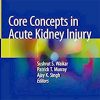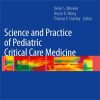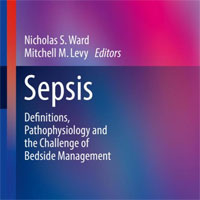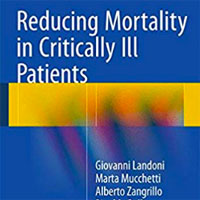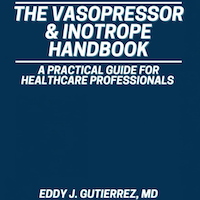Indications and Outcomes of Extracorporeal Life Support in Trauma Patients
journals.lww.comData from the largest registry of critically ill trauma patients receiving extracorporeal life support (ECLS) demonstrates reasonable survival. With growing experience and improved safety profile, trauma should not be considered a contraindication for ECLS. Further analysis of the ELSO registry regarding trauma-specific risk factors and ECLS-specific practices may identify best candidates and improve trauma ECLS outcomes. Two hundred seventy-nine trauma patients were identified (0.92% of 30,273 adult ECLS patients). Extracorporeal life support increased significantly in the last 5 years (173 in 2011–2016, 62%) compared with 106 in the prior 18 years. Trauma patients were predominantly male (78%), with a mean age of 34.8 ± 15.4 years (range, 16–88 years).



